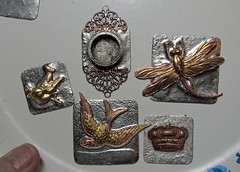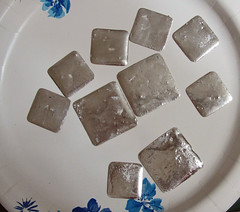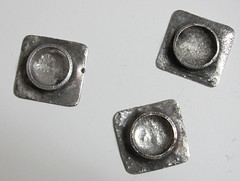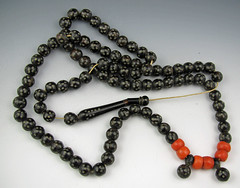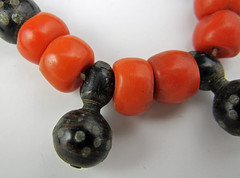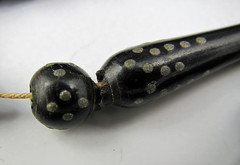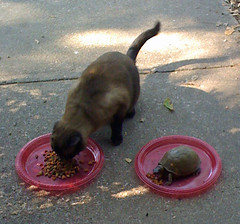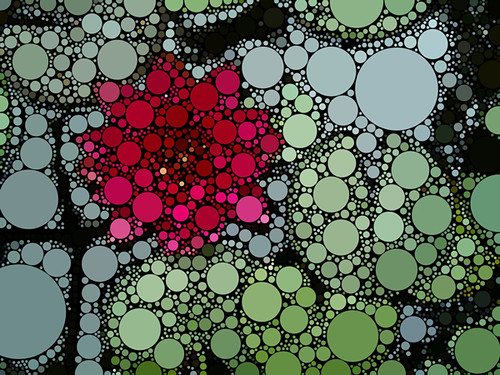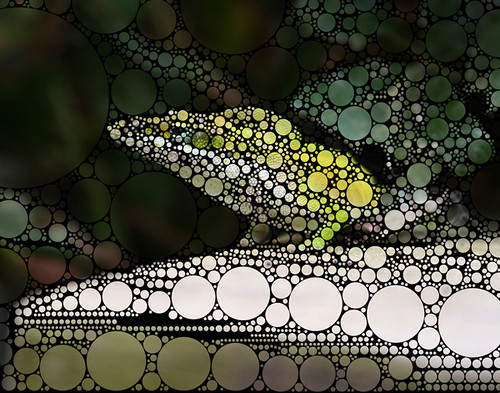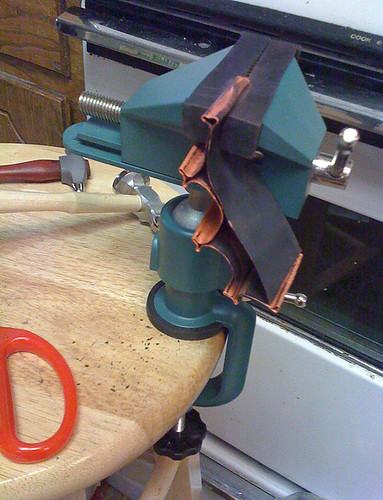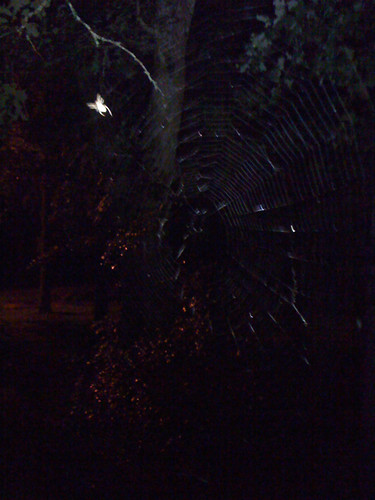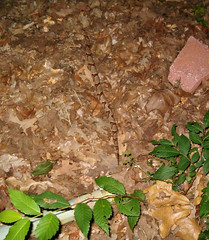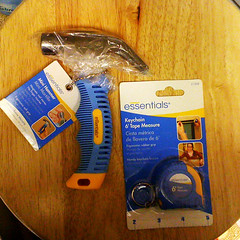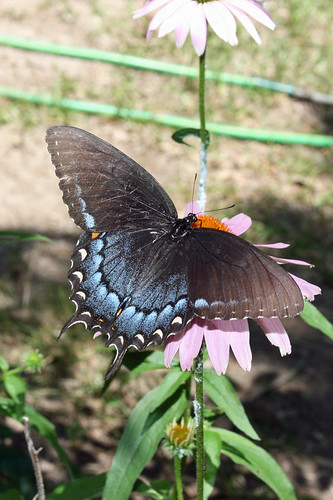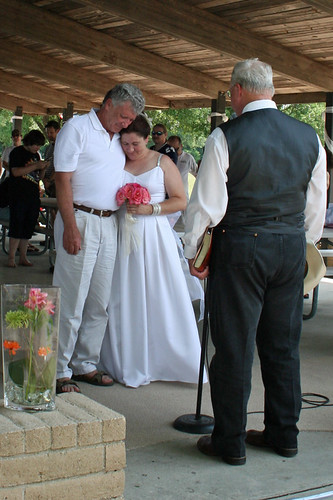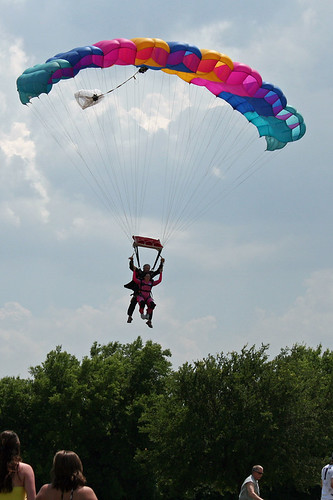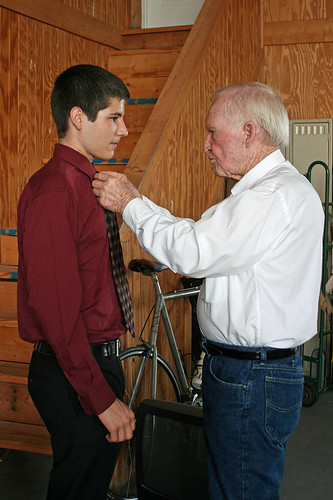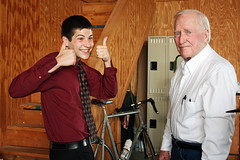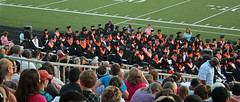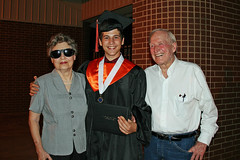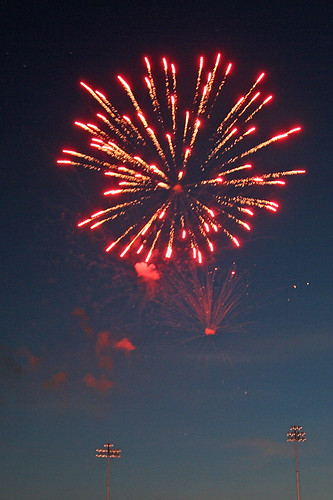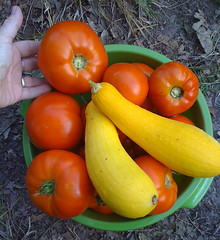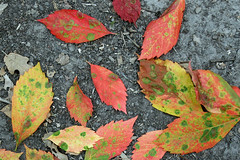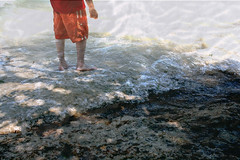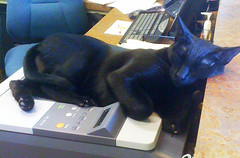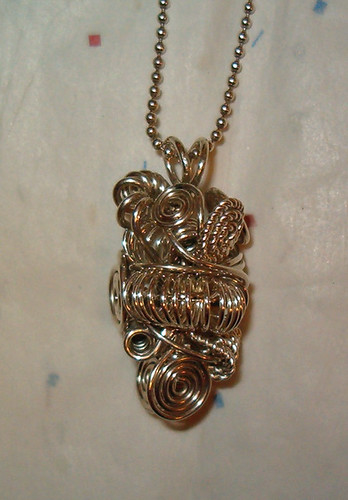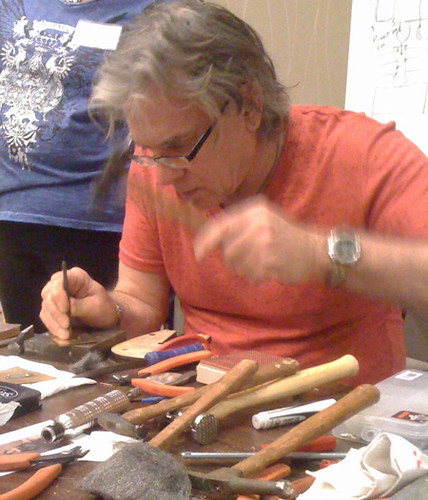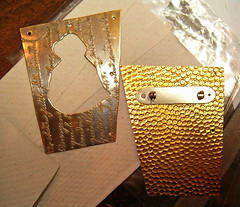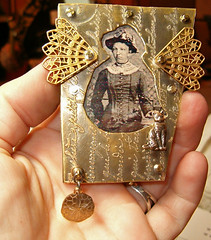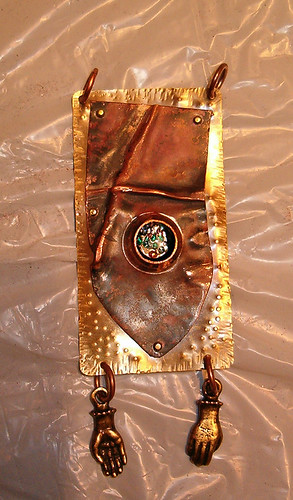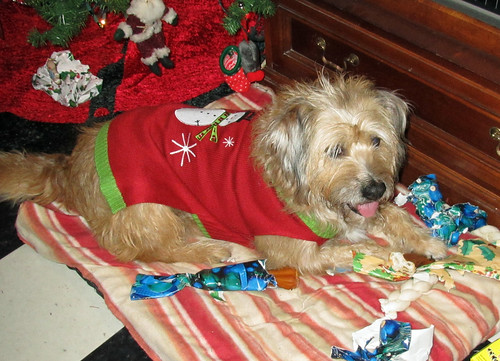
Other Snippets from a Todd Family Christmas
My parents, my husband, our son, and I are all in the car headed to the family Christmas on Christmas Eve at my brother's. I'm driving and we're in the driveway negotiating the cattle gate.
Me: "Dad, did you check the mail?"
Dad: "What?"
Me, loudly: "Did you check the mail?"
Dad, louder: "What?"
Me: "Never mind. We should have checked it on our way in." They have a rural box some distance from the house.
Hubby: "You can check it now. Drive up on my side."
Dad: "What?"
Me, very loudly: "The mailbox, Dad."
Mom: "You can drive up to the mailbox from the gate because I had it put in the right place."
Me: "Good thinking, Mom."
Our son, who has his earphones in and hasn't heard a single word we've said now realizes I've shouted something.
Son: "Do you have to argue?"
Me, as I drive to the mailbox: "It's a Todd tradition. We love to argue."
And we had a great Christmas at my brother's. I managed to take a lot of bad and not so great pictures, except the one above of Shaggy. All but my brother's oldest made it in for Christmas, although the youngest was at work Christmas Eve and we had to leave before she got home.
There was no arguing.
There was this later after most of the presents had been opened....
I hand my Dad an envelope with our main present to them, which is money. "Okay," Dad jokes. "If you don't tell Mom about this I won't tell her." We both laugh.
A while later I sit down next to Mom on the couch and see an unopened card addressed to "Mom and Dad." I hand it to Mom and help her by reading it. (Mom is blind.)
"It's from C and L (my brother and sister-in-law.)" I say. "There's money in it." Coincidentally, it is the exact same amount of money that we gave Mom and Dad.
I cannot resist. "Mom," I say. "I won't tell Dad about this if you won't." And both of us laugh.

